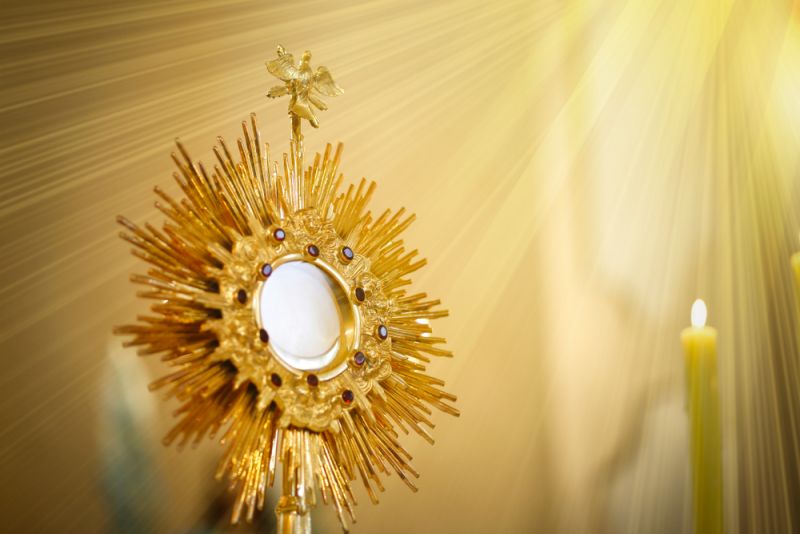
CNA Newsroom, Aug 7, 2023 / 08:45 am (CNA).
The Spiritual Family “The Work,” a Catholic community founded in 1938 by Mother Julia Verhaeghe and recognized by St. John Paul II in 2001 as a “family of consecrated life,” has secured definitive approval of its constitutions from the Vatican’s Dicastery for Institutes of Consecrated Life and Societies of Apostolic Life.
This significant endorsement, announced on the feast of the apostle James on July 25, underscores the growing influence of The Work, which boasts houses in 12 countries, including the United States.
Eucharistic adoration is an important part of the prayer life of the community, Father Hermann Geissler, FSO, a prominent figure in the community, said in an interview with CNA Deutsch, CNA’s German-language news partner agency.
“We want to form a spiritual family of brothers and sisters in which Jesus Christ is the center and the mystery of the Church can be experienced,” said Geissler, emphasizing the community’s focus on faith, unity, and complementarity among its members.
The community, known as The Work, was founded by Mother Julia Verhaeghe (1910–1997) in Belgium. Geissler has written a biography of the founder, to which Pope Benedict XVI provided a letter about the “inner drama of being a Christian.”
“She never wanted to found anything in particular; rather, she wanted to live, love, and witness the Church as the foundation of Christ in the here and now,” Geissler told CNA Deutsch.
“The life of prayer, especially eucharistic adoration, is at the center of our houses. From union with God comes unity in the diversity of vocations, gifts, and talents,” he said. “We are also deeply concerned about fidelity to the Catholic faith and its transmission to future generations. As Mother Julia testified, the community should be ‘a wake-up call to keep the faith pure.’ These aspects are detailed in the constitutions and shape our daily life.”
Over the years, The Work has expanded to include a community of sisters, a community of priests, and members in the wider sense, including diocesan priests, single and widowed persons, and married couples. It has also taken root in many dioceses with the approval of the bishops.
Given the current state of the Church and the world in 2023, Geissler sees the community’s role as increasingly important. “The witness of the Church is becoming more and more important in our time, because the Church is no longer seen as the foundation of Christ but as a secular association,” he said.
In 2013 the community was subject to a papal visitation on account of allegations made by former members of the community. Following this, a revision of the constitutions was undertaken by a theological and a canonical working group, whose proposed modifications were adopted by the Family Assembly (General Chapter) in 2019, prior to their being submitted to the Holy See for approval.
The Work has its headquarters at Thalbach Monastery in the Austrian town of Bregenz since 1983.
The community is now one of the first institutes of its kind to have its constitutions definitively approved by the Church, marking a significant step forward in its mission to “live, love, and witness the Church” in the modern world, according to The Work.
If you value the news and views Catholic World Report provides, please consider donating to support our efforts. Your contribution will help us continue to make CWR available to all readers worldwide for free, without a subscription. Thank you for your generosity!
Click here for more information on donating to CWR. Click here to sign up for our newsletter.





Leave a Reply